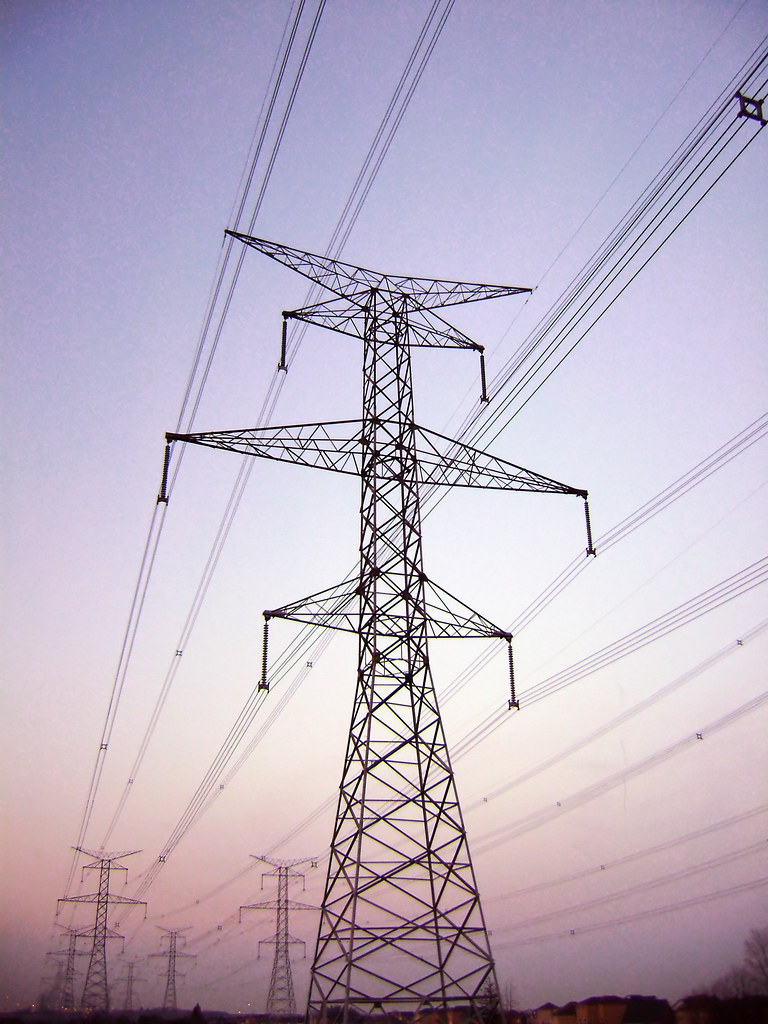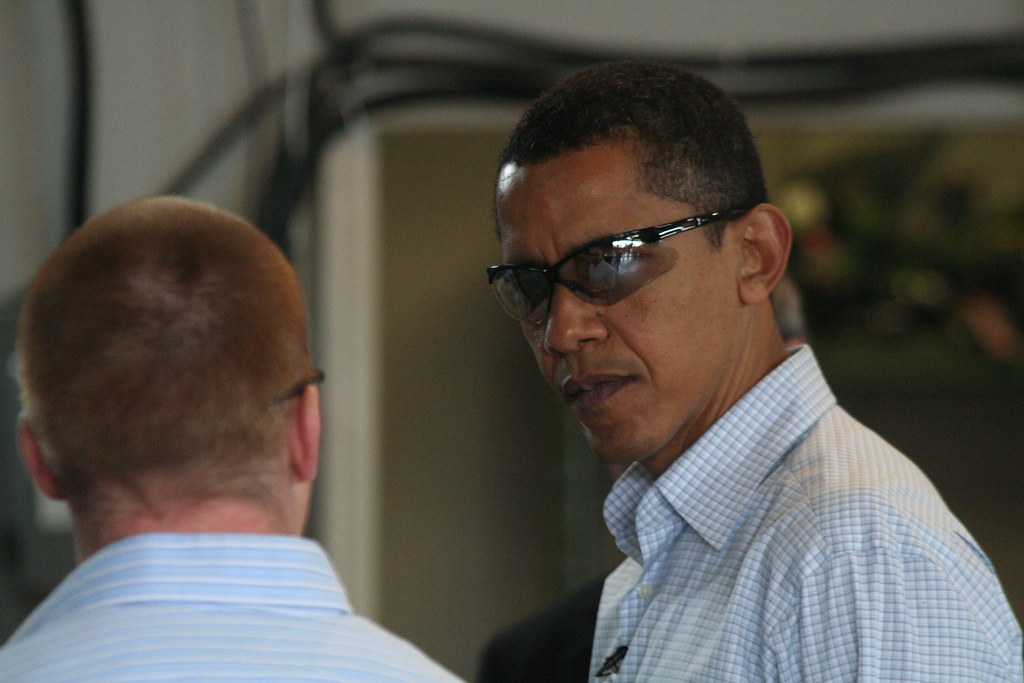In this, the fifth of my Smart Grid Heavy Hitters’ interviews, I talk to the CEO of Tropos Networks, Tom Ayers. Tropos develop wireless broadband networks for Smart Grid applications and offer complete network management, as well as enhanced security features. Tropos is the only wireless broadband network provider with FIPS 140-2 certification.
Tom and I had a great chat, we talked about:
- Tom and Tropos’ definition and the benefits of a Smart Grid
- Why we need Smart Grids and the efficiency gains we will achieve from them
- The security issues round wireless Smart Grids
- Tropos IP, Smart Grid standards and open protocols
- Best practice Smart Grid rollouts





